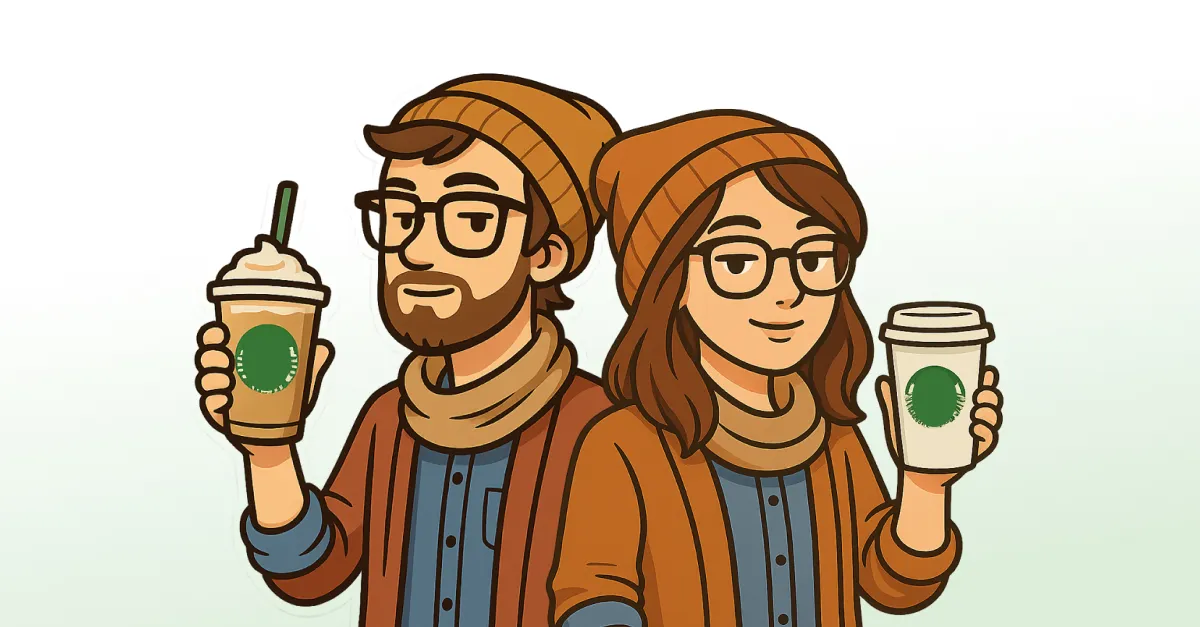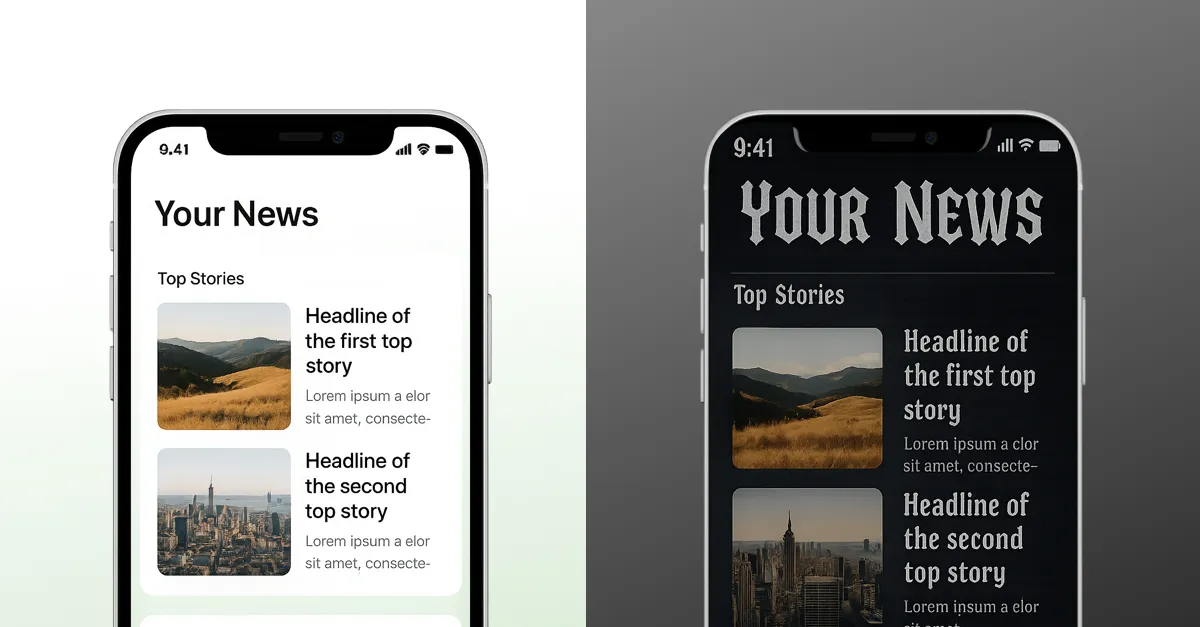
The Starbucks Effect
Grande Iced Caramel Macchiato with almond milk
Before Starbucks, coffee was simple. You had it plain, maybe with milk, cream, or sugar. That was pretty much it. It was kind of a one-size-fits-all experience. Then Starbucks happened. Suddenly, you weren’t just ordering coffee—you were curating an experience. A tall vanilla latte with oat milk, extra hot, one pump of hazelnut, no whip? No problem. A grande caramel macchiato with almond milk and double espresso shots? Done.
Starbucks didn’t just serve coffee—it served choice. And that choice was deeply personal.

That, in many ways, is where we are in digital UX today. Most of what we call personalization is actually segmentation. We put users into buckets: new vs returning, enterprise vs SMB, early adopter vs laggard. And we tailor the experience based on the broad strokes of who they are. It’s better than nothing—but it’s not exactly personal.
Enter: Hyper-Personalization
Hyper-personalization is what comes next. It’s the tall macchiato of digital experiences—customized to the individual, not the segment.
This isn’t just about toggling between light mode and dark mode. It’s about reshaping the very way someone interacts with your product based on their preferences, patterns, and behaviors. It’s about a user who consistently avoids dropdowns and prefers checkboxes getting a UI that reflects that. It’s about tailoring language, tone, layout, or even micro-interactions—within brand guidelines—to match how a person likes to experience software.
Imagine a website that greets you not just by name, but by reassembling itself into a layout you find intuitive. The buttons are where you expect them. The language feels familiar. The design reflects your aesthetic—without ever asking you to change a single setting.

That’s what AI makes possible. With real-time signals and behavioral data, we can begin to design systems that adapt to you. Just like Starbucks trained us to expect our coffee, our way, hyper-personalized UX is going to train users to expect digital experiences that feel like they were made for them.
And the kicker? Once users get a taste of it, they probably wont ever want to go back to “plain coffee” UX again.
Let’s chat
Want to chat more about hyper-personalization?
Reach out over LinkedIn
Rahul Rahate